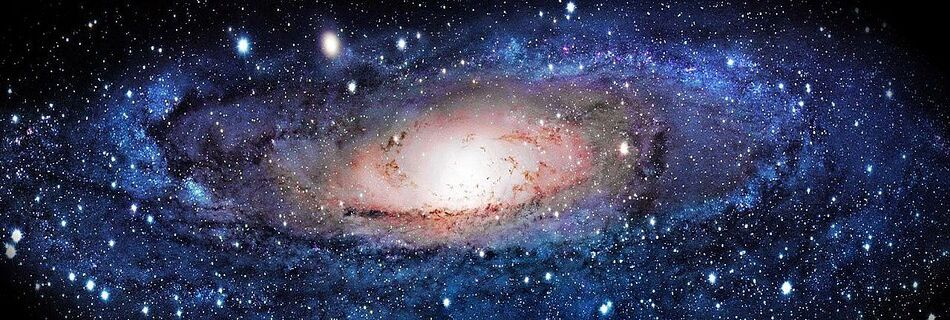The standard Λ Cold Dark Matter cosmological model amazingly fits a wide range of astrophysical and astronomical data. However, the increase of the experimental sensitivity emerges some cracks in the standard scenario due tensions between different independent cosmological datasets. The Planck mission estimation of Hubble constant H0 is at 4-6σ tension with its measured value by SH0ES and...
We study the connection of the Hybrid Inflation to the Electro-weak Vacuum Stability conditions. We show how the issue of the standard model electroweak Higgs vacuum stability can be treated via its interaction with singlet scalar field(s), which also participate in modifying the hybrid inflation model. The so-called hybrid Higgs-inflaton model leads to a positive correction for the Higgs...
We derive for the first time an isotropic stellar model in the frame of mimetic gravity coupled with a Lagrange multiplier. The physics of this model is checked using different procedures. We show that the physical results are consistent with the true stellar model.
Can higher curvature terms in the gravitational action affect the nature of initial-time singularities as well as black hole singularities? Are these singularities traversable? Are these spacetimes extendible? Using Gauss-Bonnet gravity as an example of higher curvature gravity, we try to answer these questions through studying cosmological singularities as well as black hole singularities and...
In this talk I will give a brief introduction to teleparallel gravity and discuss ordinary and scalarised black hole solutions in f(T)-gravity. The later being the teleparallel analogue of f(R)-gravity. It turns out that the theory posses interesting generalisations of Schwarzschild geometry as solutions as well as scalarized black holes. A particular focus will be Born-Infeld f(T)-gravity,...
In this presentation, we discuss the cosmological solutions of the Bianchi type−V spacetime filled with bulk viscous fluid and evolving cosmological Λ and Newtonian G parameters. We show that the model describes a universe that starts off with a negative cosmological term, dominated by non-relativistic matter and decelerated, that eventually becomes dark energy- dominated and hence expanding...
The many long-standing and still unresolved problems in fundamental physics suggest that a completely new perspective is needed. A new picture [1,2] leads to an action for quantum fields that contains the Standard Model embedded in a more complete theory, with SO(10) grand unification, supersymmetry (at some energy scale), and an extended Higgs sector. This last feature predicts a novel dark...
I will present recent developments regarding the effect of the primordial black hole evaporation on the cosmological evolution of the Universe, the relic density of dark matter, and the abundance of dark radiation measurable in the CMB spectrum. As we will see, extended distributions of primordial black holes evaporating in the early Universe may leave traces that will be measurable by various...
Leptogenesis usually involves high scales and it is hard to test in laboratories, Here we will discuss probing high scale and intermediate scale leptogenesis via primordial sources of Gravitational Waves from inflationary tensor perturbations, thermal phase transitions and domain walls.
First we will show Hawking evaporation of primordial black holes (PBHs) can facilitate the generation of...
I will give a quick look to conformal transformation in different frameworks, namely, in the context of Riemannian geometry, Finsler geometry and absolute parallelism geometry. After that, I will move to absolute parallelism geometry and investigate conformal changes in this geometry. Then, some new conformal invariants in terms of the Weitzenbock connection and the Levi-Civita connection of...
I will briefly review the troubles one might get in the process of modifying gravity, with examples from mimetic gravity and f(T) teleparallel gravity.
I will consider a class of Lagrangians on a finite dimensional manifold which are invariant by the action of a continuous group of local diffeomorphisms and that capture some of the features of a Lorentzian metric admitting a timelike Killing vector field. This class includes known examples of stationary Lorentz-Finsler metrics and since they admit a locally injective Legendre transform...
We compute Hamilton's equations for the teleparallel equivalent of general relativity (TEGR), which is a reformulation of general relativity based on a curvatureless, metric compatible, and torsionful connection. For this, we consider the Hamiltonian for TEGR expressed in the vector, antisymmetric, symmetric and trace-free, and trace decomposition of the phase space variables. We compare our...
Neutrinos are the most abundant of the known elementary particles in our Universe and carry unique information on astrophysical properties: Big Bang nucleosynthesis, the metallicity of the sun, the dynamics of Supernova explosions, ultra high energy neutrinos from active galactic nuclei… to name a few. I will present a brief summary of the role of neutrinos as astrophysical probes, what...
In this work, we undertake a unified study of background dynamics and cosmological perturbations in the presence of the Chaplygin gas. This is done by first constraining the background cosmological parameters of different Chaplygin gas models with SNIa data, and then feeding these observationally constrained parameters in the analysis of cosmological perturbations. Based on the statistical...

